Diogo Montteiro introduces a history of the Airbus A340 and its development, up to the present day when few are still in airline service.
At the time of its launch, the Airbus A340 represented a giant advance and development of European technology. With it, Airbus entered the market of quadjets dominated until then by the mighty Boeing 747.
Its production started in 1991 and ended up in 2011, but even after the end of the production, there are still several airlines that operate it, all over the World, which until today is considered an icon and a favorite plane for many fans.
Development and Launch Program
The concepts for the construction of the A340 date from the ’70s when Airbus was trying to modernize its first project the A300, with the creation of a vast family of jets that faced the American companies Boeing and McDonnell Douglas, who at the time were the giants in the industry and, at the same time, also served the entire range of the existing
market. From this great project came a range of models, which were in fact variants of the A300: the A300B1 up to the A300B9 model.
Between advances and setbacks in the program, due to differences in philosophy and market perspectives within Airbus itself, two models stood out that would be manufactured almost at equal pace: The A300B9 and A300B11 which were later named TA9 and TA11 respectively, that at the end of the whole process, on January 27th, 1986, would be designated Airbus A330 and Airbus A340 by the voice of Franz Josef Strauß.
Airbus based these two projects on a common operating philosophy, which saved $500 million in the program. Both planes would be based on the sharing of the main fuselage and wing design. Their main difference although, would be in the number of engines: the A330 would have two and the A340 would have four.
With the launch of the Airbus A320 family in the 1980s for the medium-haul and narrowbody segment, Airbus launched the first commercial aircraft to be operated by digital fly-by-wire technology. This implied a whole new concept of glass cockpit in which the old analog displays were replaced by screens where now several instruments could be contained at one, graphically, and more intuitively than the old and less intuitive displays. This also meant a reduction in training and a shorter transition period for the crews.
The change from a joystick to a sidestick was also a great novelty on the part of Airbus for the aeronautical world. Airbus had obviously gained a large advantage over Boeing and decided to apply the glass cockpit philosophy supported by the fly-by-wire system on the new A340 and A330. The company had thus succeeded in creating a range of airplanes with the same operational concept and sharing almost the majority of the components among themselves. This resulted in savings of millions of dollars by standardizing the entire process. The A300B family’s initial goal was taking shape.
In May 1986, after the A340 program began to take shape, the Airbus team tried to involve potential customers to be part of the program to close technical details, as well as to make sales proposals for 5 potential model airlines, two of them, Swissair and Lufthansa.
In preparing the process for the A340 program, Airbus partners invested heavily in new facilities to meet the needs that the new program would require. Although partially, the German, British and French governments financed the A340 program in the form of subsidies. Countries like Austria, Australia, Canada, China, Greece, Italy, India, Japan, South Korea, Portugal, United States, and the former Yugoslavia also received subcontracts from Airbus as part of the A340 project.
The A340 program was officially launched on June 5th, 1987 along with the A330, even before the opening of the Paris Air Show of that same year. 130 aircraft orders were initially placed from 10 different customers, 89 of which were for the A340.
The first flight of the A340 took place on October 21st, 1991, which marked the beginning of a certification program that would extend over 2000 flight hours involving 6 planes. At the beginning of the test flights, Airbus engineers noticed the wings were not rigid enough to support the engines of the outer section at altitude and cruising speeds without causing flutter. To alleviate this, a protuberance was created under the wings to correct airflow problems around the engine’s pylons. European JAA certification was finally obtained on December 22nd, 1992, followed by the American FAA on May 27th, 1993.
Entry into Service
The A340 launch airline was Lufthansa, when it received on February 2nd, 1993, its first Airbus A340 of the -200 series. Posteriori, it was registered as D-AIBA and named “Nürnberg”. This airplane was also painted with a special Star Alliance livery. On the other hand, the first Airbus A340-300 was delivered to the French Air France on February 26th of the same year, this being the millionth Airbus model to be delivered and kept with the French registration F-GLZB.
Versions
The Airbus A340 project included 4 variants that were launched in the ‘90s and at the beginning of the new millennium:
A340-200
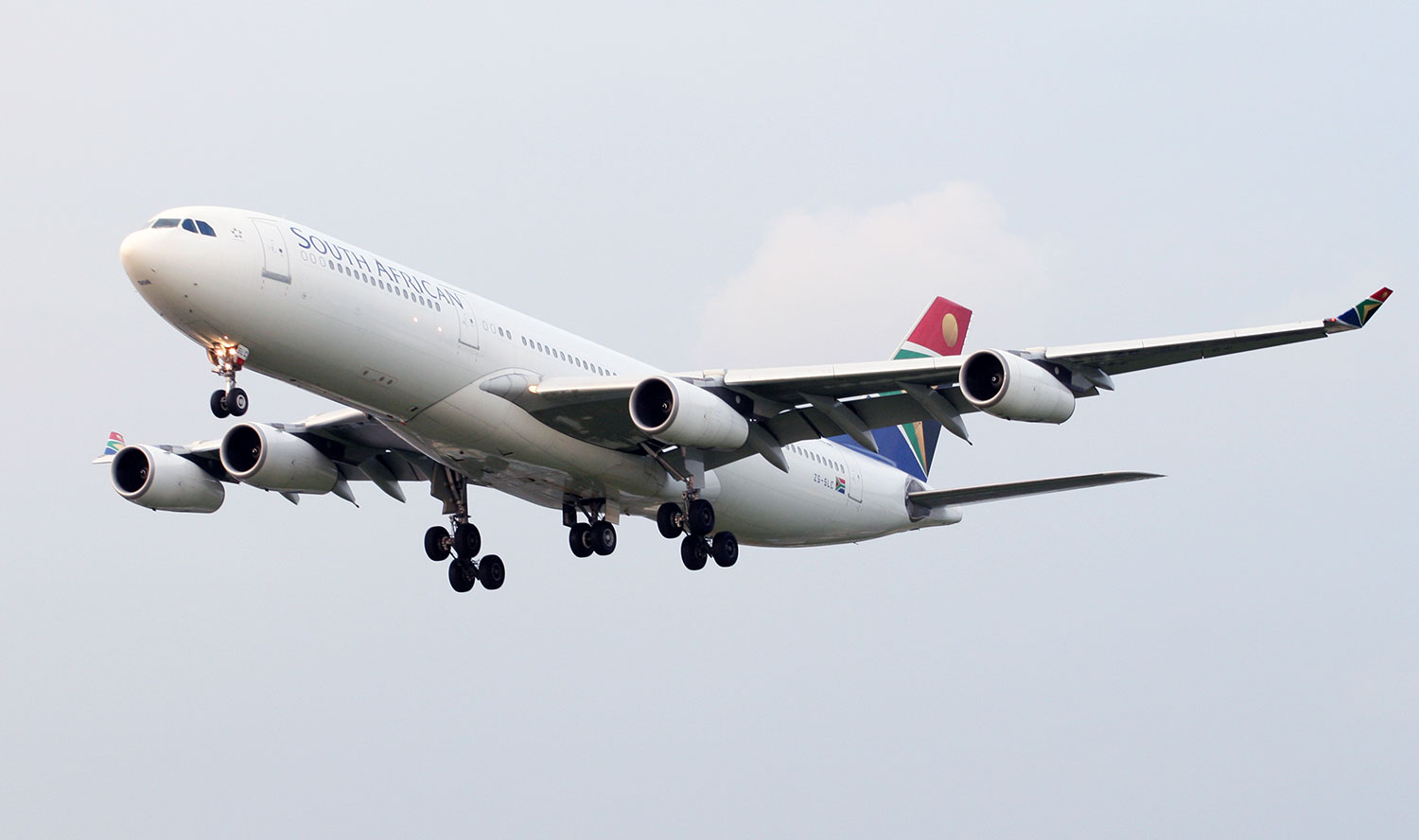
The A340-200 was one of the initial two versions of the project. It is the smallest version of the four existing, measuring 59.4 meters in length. In a typical 3-class configuration, it could carry between 210 and 250 passengers. Its limited range of 12 400 km has made it an unpopular model. Only 28 planes of this version have been ordered, which makes it the least popular of the program.
A340-300
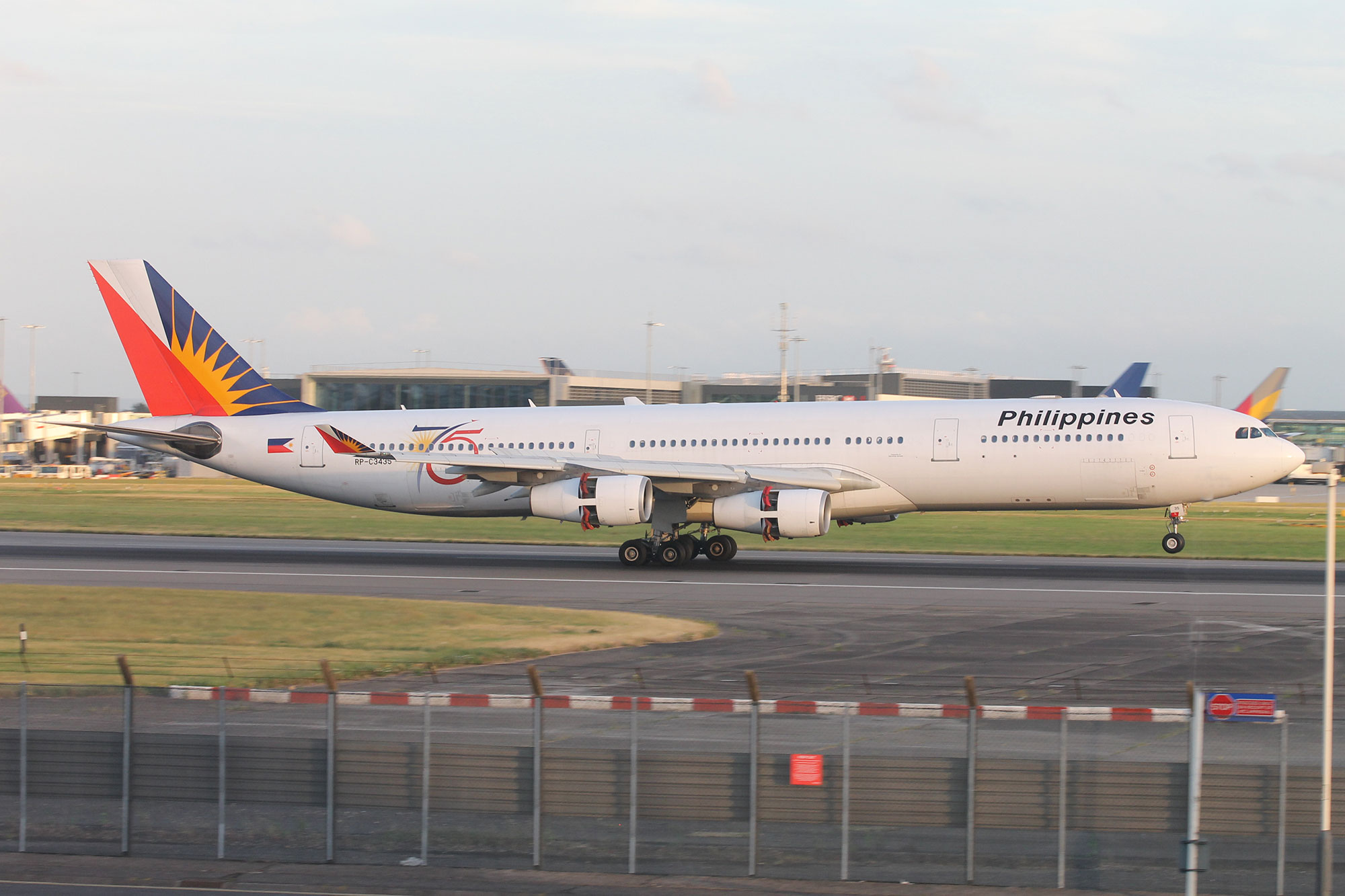
Like the A340-200, the A340-300 was also a launch variant of the A340 program. In comparison to the A340-200, the A340-300 grows 4.29 meters, thus having a length of 63.69m. Its range increases to 13 500 km and can carry more passengers: between 250 and 290 in a 3-class configuration up to a maximum of 440.
This was by far the most popular version of the A340 with 218 aircraft delivered. Airlines around the World such as Lufthansa, TAP Air Portugal, SWISS, Austrian Airlines, SAS and South African Airways, operated or operate the A340-300.
A more developed version, the A340-300E, was also developed, with more improved engines (of the same type), more updated cabin and avionics systems (which were the bridge for the next two versions).
These two initial versions of the A340, the -200 and -300 used CFM International CFM56-5C engines that provided power of 31 200 – 34 000 lbf. For the following versions the engines have been replaced.
A340-500
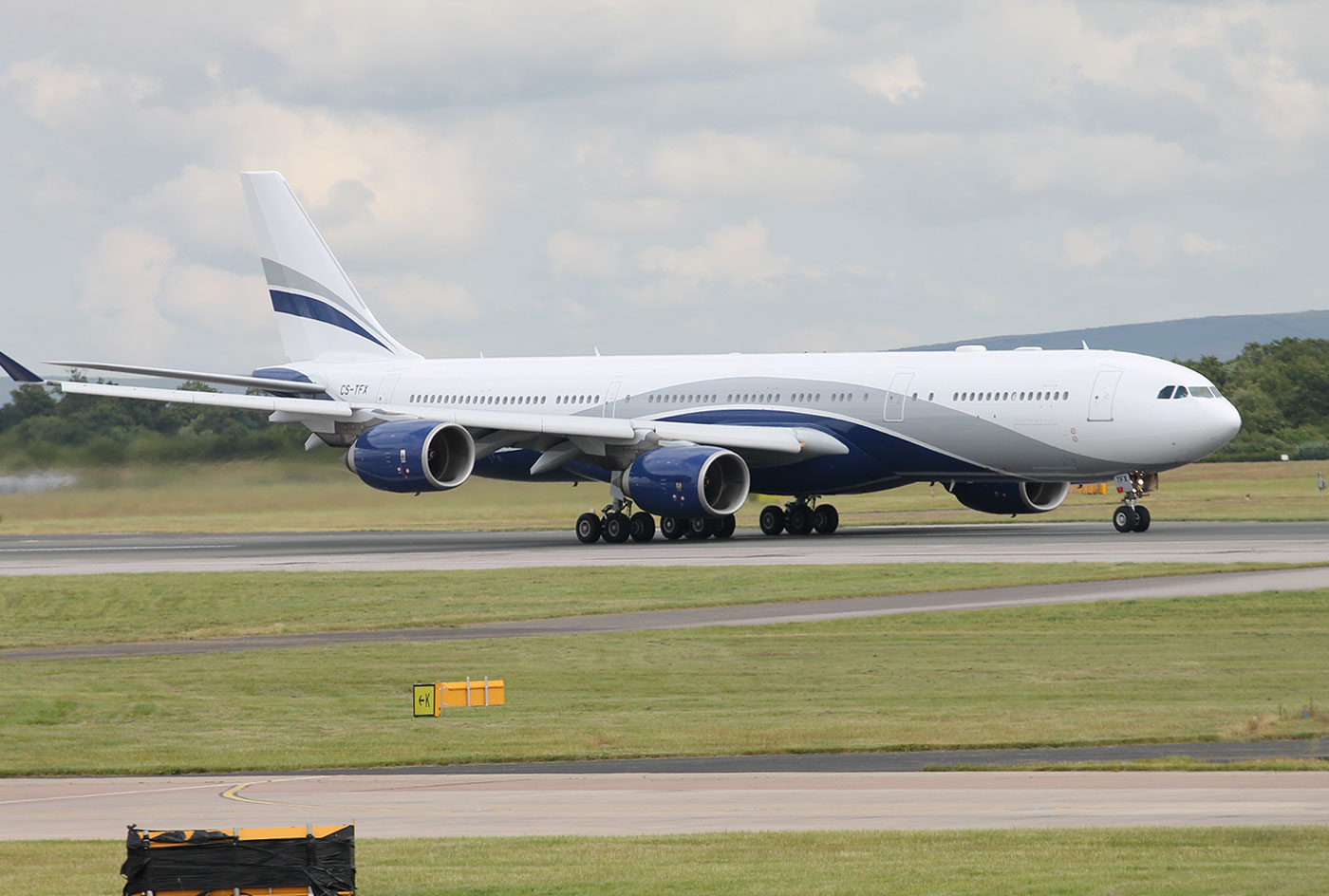
The A340-500 and -600 were the versions that were produced in the late ‘90s, with a wider range and greater capacity than the first two. The first flight of the A340-500 occurred in 2002 and debuted in the sky with passengers in March 2003 by Emirates, after the initial launcher customer, Air Canada filed for bankruptcy.
Comparing the -500 to the -300, it only increased by just over 4 meters. However, the focus on the A340-500 was not the size but the range, that goes up to an impressive 16,670 km. In terms of capacity, the A340-500 with its approximately 4 meters of expansion, carries between 270 and 310 passengers in a 3-class configuration and can transport 440 in a single class configuration. For 3 straight years the A340-500 was the passenger plane with the longest range on the market. This until 2006, with the entry into service of the Boeing 777-200LR.
There have also been some important technical modifications to this model. The engines went from being CFM to becoming Rolls-Royce, which offered significantly greater power. The -500 version uses 4 Rolls-Royce Trent 553 engines, with a power of 53 000 lbf, which makes a total power of 212 000 lbf. Added to this is the fact that the A340-500 has 50% more fuel capacity and its central landing gear has gone from two to four wheels due to its additional weight.
A340-600
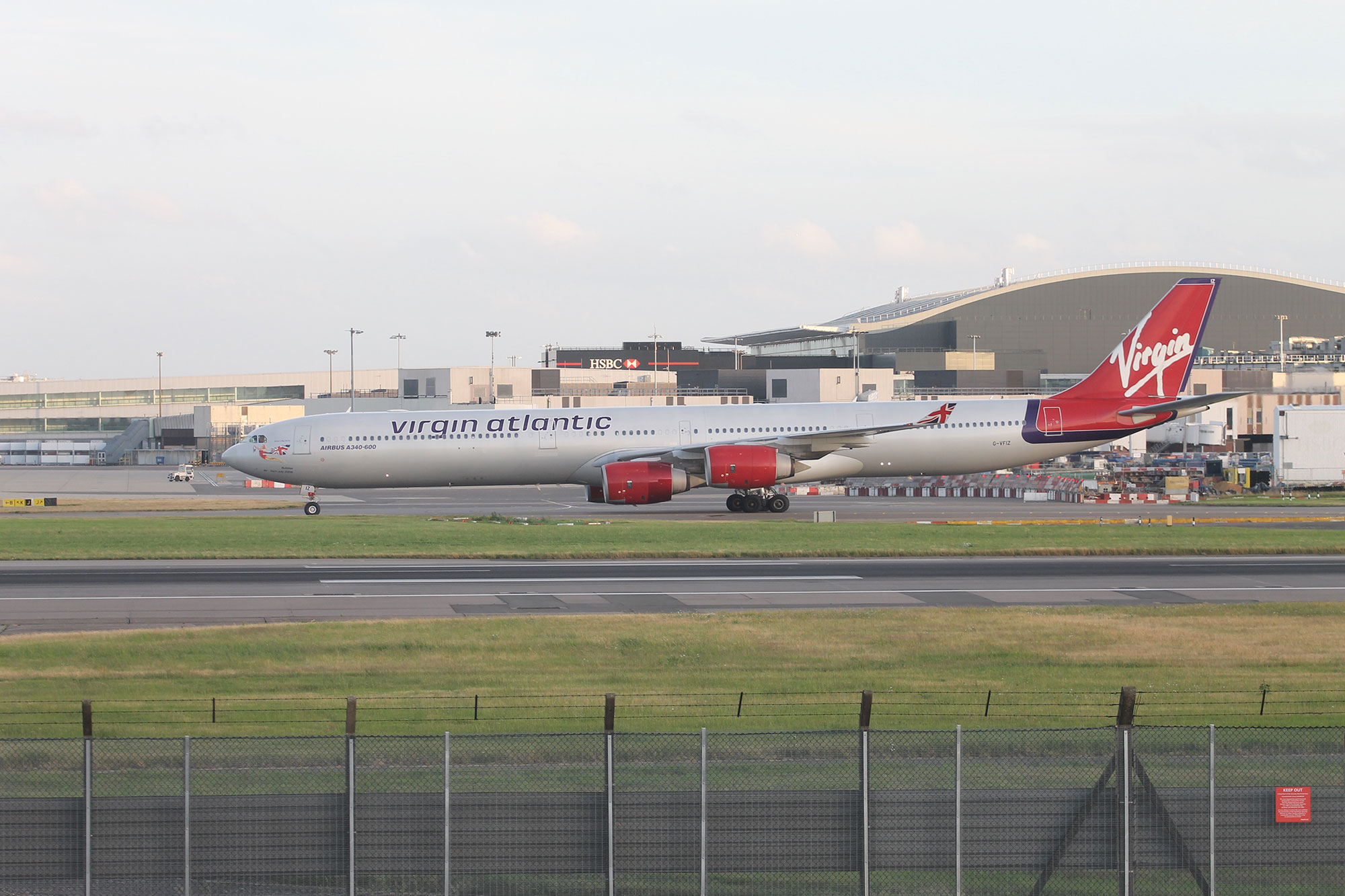
While the focus of the A340-500 was range, the focus of the A340-600 was capacity. The -600 model, which made its first flight in 2001, manages to offer a similar capacity of the Boeing 747, however with extra space for additional cargo. Virgin Atlantic was A340-600’s launcher customer in August 2002.
The model has grown compared to the A340-500. It measured a length of 75.36 m. It carried until the launch of the Boeing 747-8, the title of the longest aircraft in the World, even beating the A380 and the Boeing 747-400. With this increase, the A340-600 was able to carry between 320 and 370 passengers in a 3-class layout and 475 in maximum capacity. It was powered by 4 Rolls-Royce Trent 556 engines that offered a power of 56,000 lbf each.
Like the A340-300, this aircraft was more popular than the A340-500, with a total of 97 aircraft deliveries, compared to 32 on the A340-500.
What About the A340-400?
There are still some doubts as to why Airbus jumped from version -300 to -500 without making an A340-400. However, the answer to this question is simple: Airbus in fact made plans for the launch of the A340-400 in the 1990s. The plans were the -400 was an extended version of the A340-300 that would use the same wing design, avionics, and engines. However, the A340-300 was not very popular along airlines, so Airbus discarded this model by advancing directly to the A340-500, which was a more developed model, having been more successful than a possible A340-400.
The A340 Operators
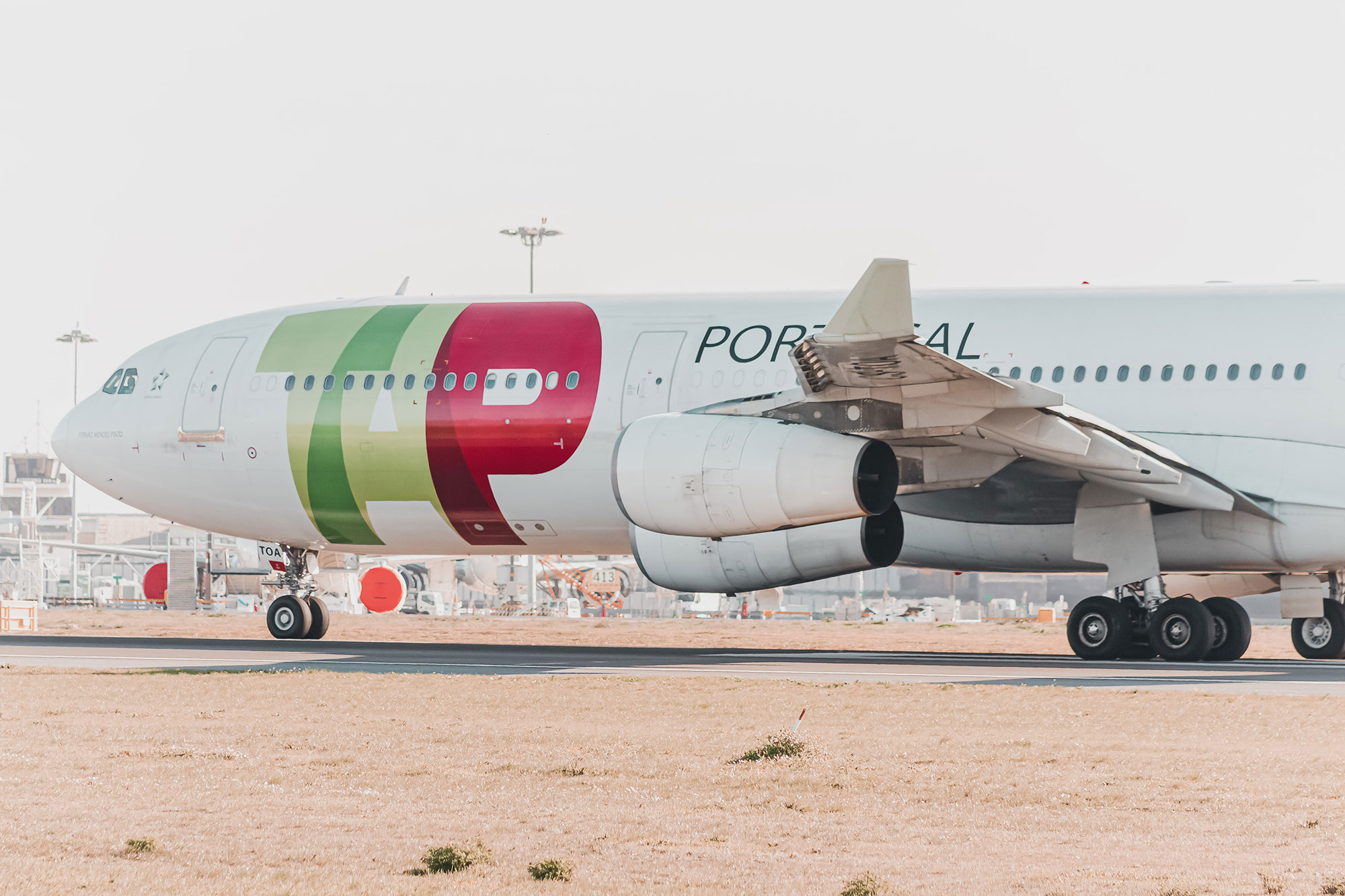
In total, the A340 program delivered 377 aircraft to 48 different airlines. The biggest A340 operators were:
Lufthansa – Ordering 59 and operating with 62 aircraft. It is the largest operator of the A340, which flew with the A340-200, -300 and -600 versions;
Iberia – With a total of 39 aircraft (18 A340-300 and 18 A340-600), Iberia said goodbye to the A340 in 2020 in advance due to the SARS-CoV-2 virus pandemic;
Virgin Atlantic – Operated with a total of 29 A340’s (10 -300 and 19-600), the A340 arrived at Virgin in April 1993, with the first “The Lady in Red” being baptized by Princess Diana. They remained in operation until 2020;
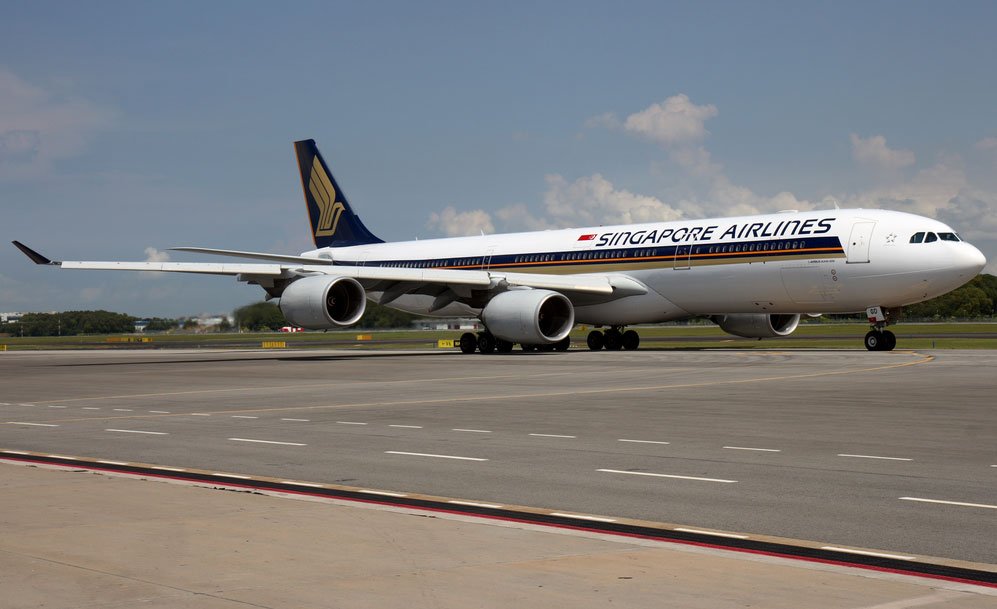
Singapore Airlines – Singapore had a total of 22 aircraft: 17 -300 and 5 -500. The first A340’s arrived at SIA in 1996 and the last one left the fleet in 2013;
Air France – 29 A340’s in total. Operated with the smaller versions: 6 -200 and 23 -300. The only A340 in the fleet was withdrawn in May 2020;
Cathay Pacific – It had 25 aircraft in its fleet: 4 A340-200, 18 A340-300 and 3 A340-600. Cathay removed the A340-600 from service in 2009 and the A340-300 in 2015;
Emirates – 18 A340 in total: 8 A340-300 and 10 A340-500. The last A340 operating on behalf of EK was retired in 2016;
SWISS International Air Lines – After the fall of Swissair, which had ordered 9 Airbus A340-600, this order was canceled. The successor airline, SWISS, decided to order a total of 15 A340-300 for its fleet, after its founding in 2002. There are still 5 planes in operation and 4 were transferred to Edelweiss Air;
Records and Achievements
On June 16th, 1993, an A340-200 dubbed the “World Ranger”, flew from the Paris Air Show to Auckland in New Zealand in 21 hours and 32 minutes, later returning in 21 hours and 46 minutes after a five-hour layover in New Zealand. This was the first nonstop flight between Europe and New Zealand and the longest nonstop flight on an airplane at the time. The flight traveled a distance of 19 277 km from Paris to Auckland and broke six world records with 22 people and five central
tanks.
This record was maintained until 1997, when a Boeing 777-200ER flew 20 044 km from Seattle to Kuala Lumpur (Malaysia).
The Decline and the End
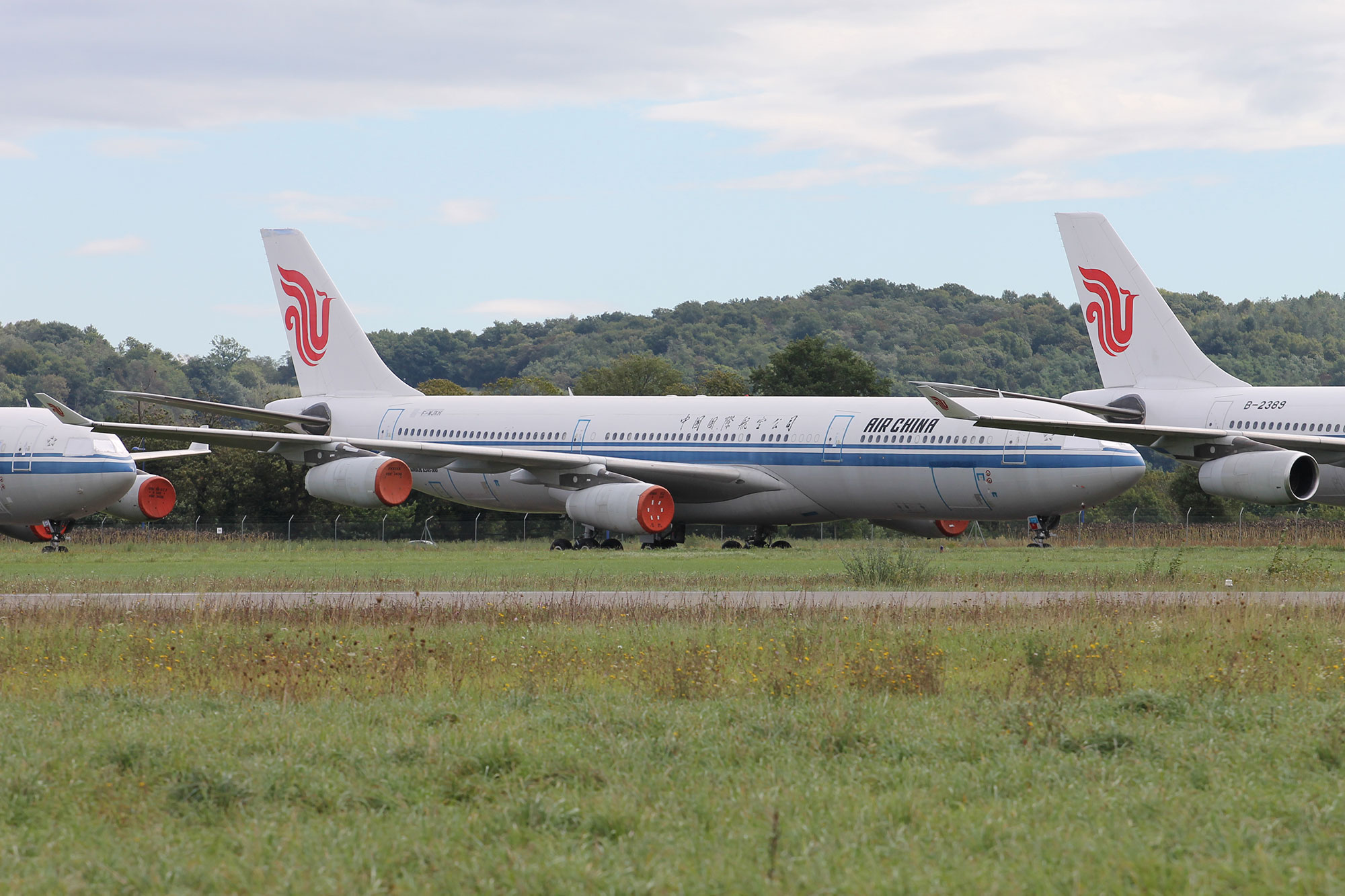
Retired A340s stored at Tarbes Lourdes.
In the 2000s, Airbus began to encounter some difficulties and to see a decline in sales of the A340, as the Boeing 777 began to gradually conquer the long-haul market of 300 to 400 passengers.
With the increase in ETOPS certifications, and with a 300-minute certification, the Boeing 777 was in theory allowed to fly anywhere in the World, making an operation based on a 4-engine aircraft more expensive and less efficient. Combined with this situation with the increase in fuel prices, twinjet airplanes have become more attractive to airlines, including the A330 itself, which received ETOPS 240 certification in 2009.
The orders for the -500 and -600 versions stopped and Airbus therefore decided to end production of the Airbus A340 in November 2011. With this the last planes were delivered a year later and this marked the beginning of the end of the aircraft powered by four engines.
Despite the end of the end of production, Airbus continues to provide technical assistance to airlines that still operate these airplanes in their fleets and it is still possible to see these planes crossing the sky, whether at commercial, military or even with VIP configuration.
With their new generation of long-haul airplanes: The Airbus A350 and A330 NEO, Airbus was able to supply substitutes for the A340, which are twinjets that manage to be more economical, more environmentally friendly, and which comply with the highest standards of security and technology that is provided today.
In order not to forget the excellent contribution that the A340 made to the entire aeronautic community, an A340-600 is now on display in Toulouse, which is now part of the Aeroscopia Museum’s collection.







4 comments
I have enjoyed flying with the A340-200,300 and 600. With airlines such as Swiss, Lufthansa(200,300,600), Austrian(200), Iberia(300),Air France(300),Kuwait AW, SAS, Cathay Pacific, Air Canada, Sabena and Edelweiss. I have also enjoyed spotting those planes.
Thanks Christopher!
Yes I loved my A340 flights with VIRGIN ATLANTIC and CATHAY PACIFIC, and we had them operating daily into Perth in Perth with SAA South African. til March this year. We have had a few French Air Force ones through lately as well en route to Noumea.
I saw the A340 prototype out here on demo in 1993 at the Melbourne Avalon air show and had a look through it.
A majestic aeroplane, always.!
MILLIONTH Airbus ??????? Really??